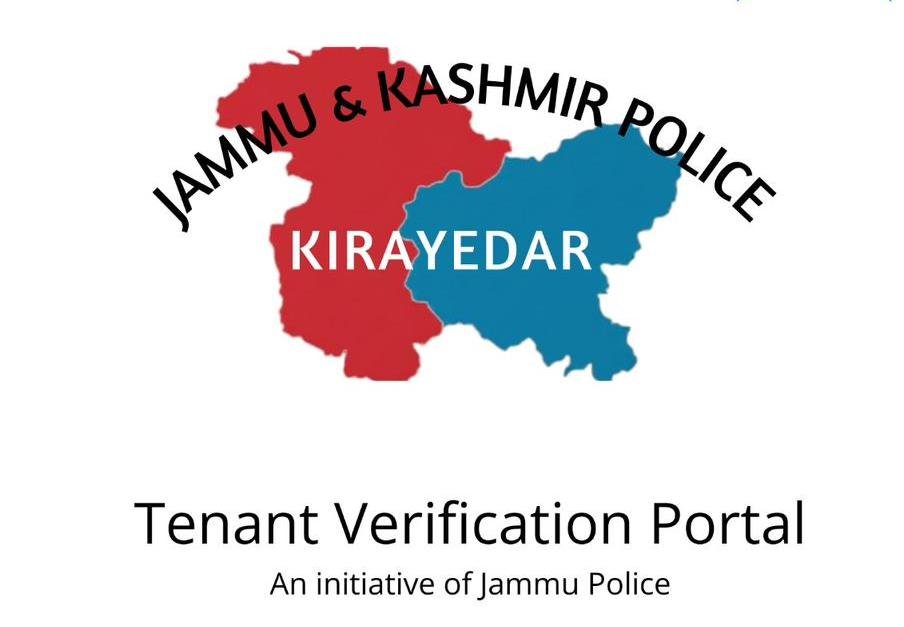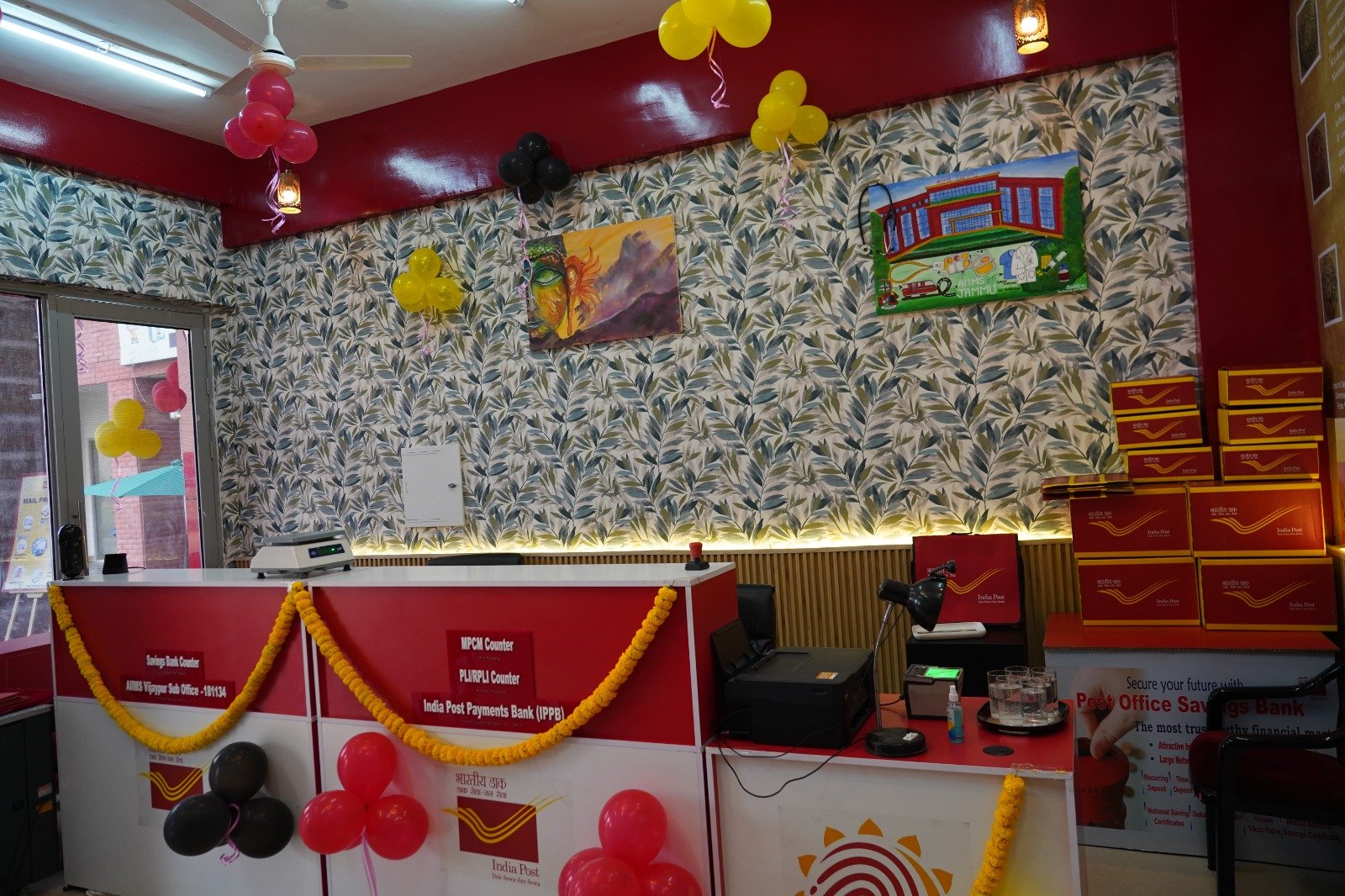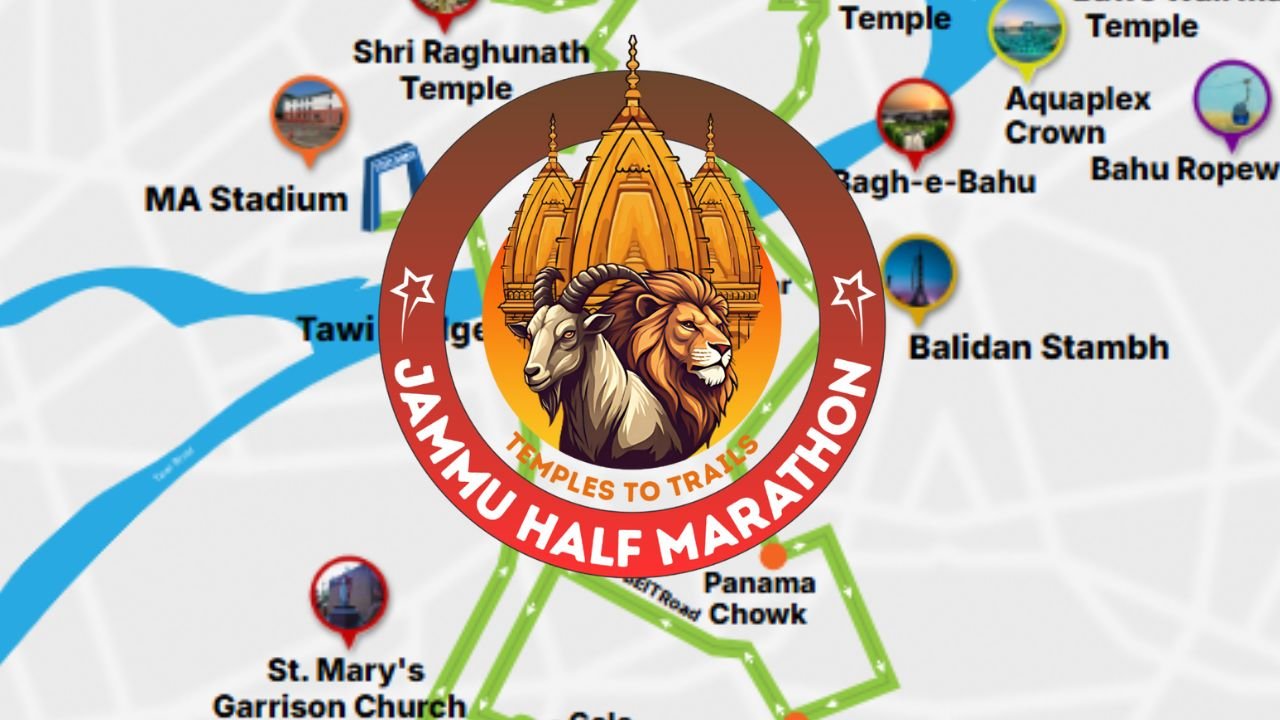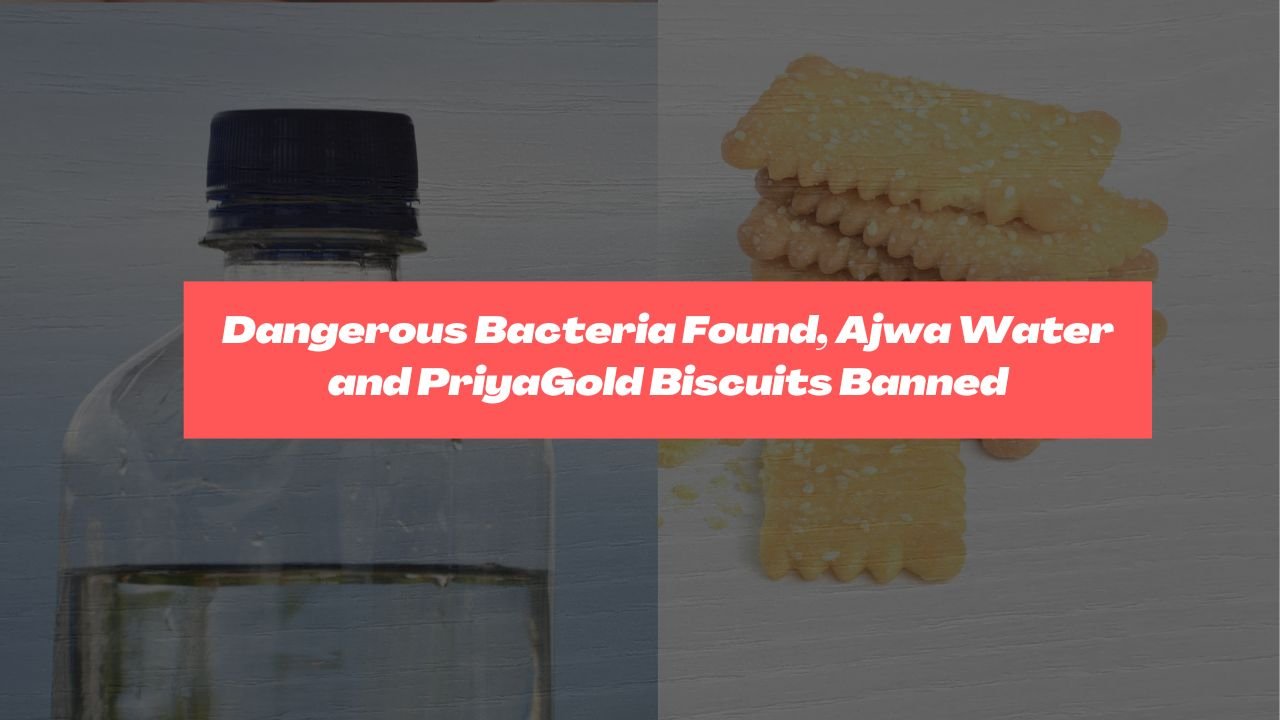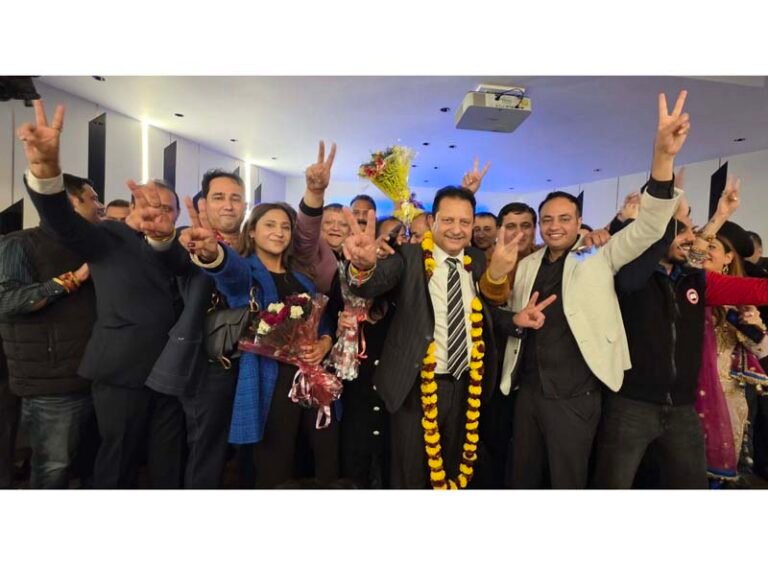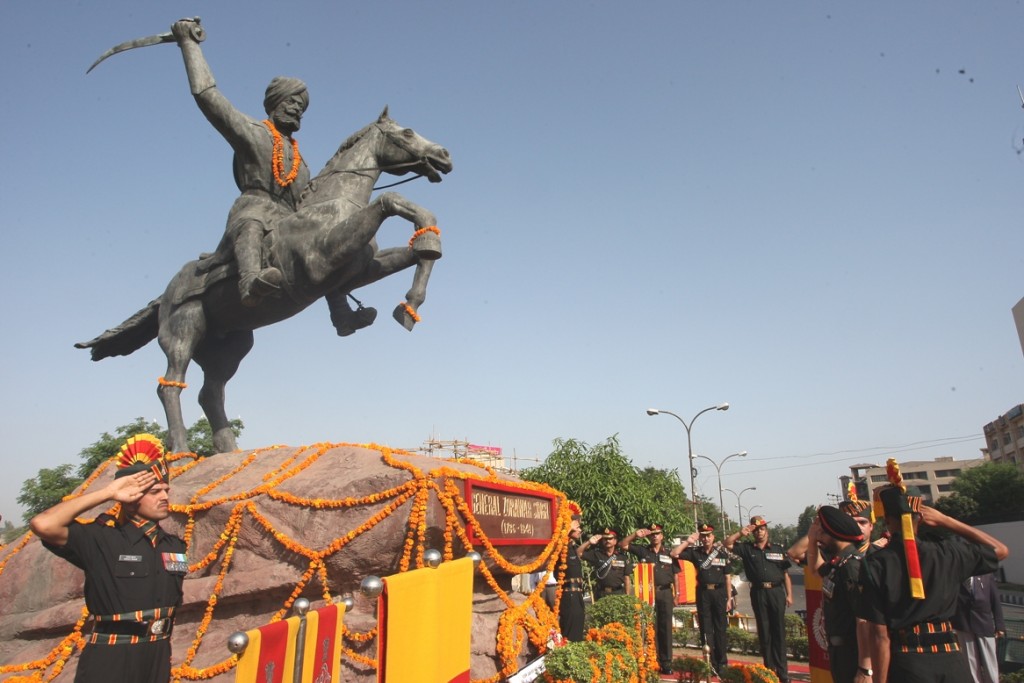Already struggling with poor piped water supply (PWS) in rural households, the state has also failed to prepare a five-year comprehensive water security action plan (WSAP), thereby affecting the supply of safe drinking water to rural households under the centrally-sponsored scheme National Rural Drinking Water Programme (NRDWP).
As per the data available, of the total 102.17 lakh rural households in Jammu and Kashmir, only 96.23 lakh people have access to piped drinking water from taps with the PWS connection.
Water security planning is required to optimise the use of water resources within the constraints of financial and human resources in order to meet basic needs, besides taking decisions with regard to water resources management, including investments.
Water security planning is to be undertaken at the village, district and state levels. Village water security plan (VWSP) includes the demographic, physical features, water sources and other details of the village, available drinking water infrastructure and water sources.
Based on the VWSP, the district water security plan (DWSP) is to be prepared. Further, under the broad goal set, the WSAP is to be prepared. J&K is among the 21 states which have yet to prepare the same at all three levels.
The states are Andhra Pradesh, Arunachal Pradesh, Assam, Bihar, Goa, HP, Jharkhand, Karnataka, Kerala, MP, Maharashtra, Manipur, Meghalaya, Mizoram, Nagaland, Odisha, Punjab, Rajasthan, UP and Uttarakhand.
Sources said the main reason behind the non-preparation of the WSAP was non-seriousness on part of successive regimes in the state towards providing safe drinking water to the rural habitations.
These habitations were grappling with continuous depletion of groundwater due to successive drought, over-extraction, increase in contamination of the groundwater, shortage of surface water and pollution of surface water bodies.
Read also: Drinking Water Programme
The Union Ministry of Drinking Water and Sanitation in March 2017 had made it clear to J&K that there would be no investment in new projects till the completion of the existing ones.
In 2016, J&K had planned to cover 375 habitations with 2.21 lakh population. But in 2017-18, only 122 habitations with a population of 0.74 lakh were covered with access to safe drinking water.


